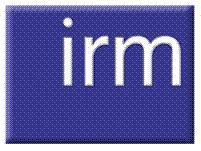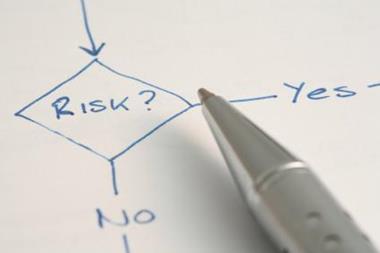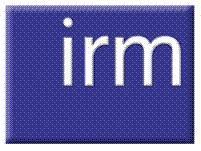I feel a bit like an outsider in the world of professional risk management but I’m gaining insights fast
It’s my second week of risk management studies and its dawning on me just how much work the IRM’s International Certificate actually entails.
As it’s a distance learning course I’ll have to be diligent about how many hours I spend on homework. It was not so long ago that I was a student and leaving essays until the night before they were due was pretty much standard practice.
With that in mind I’ve planned a diary. I’ve got roughly six months to cover off the six modules that the qualification requires. That’s a month per module, which should leave me enough time to hold down the day job.
Over the next months I’ll be covering off the fundamentals of risk management standards, risk strategy, risk assessment, corporate governance, risk responses and risk reporting. It sounds a lot, but risk management is not a totally foreign discipline to me so I feel confident.
As a journalist I feel like a bit of an outsider looking into the world of professional risk management. Sometimes that distance is really useful but I also hope the IRM’s training programme will provide me with a deeper understanding of the profession and help with my insights.
On first look the introductory module appears to be comfortably worded for newcomers. So far the teaching has covered the differences between hazard, control and opportunity risks, as well as the key components of a risk management framework (architecture, strategy and protocols).
In order to be successful the framework has to be PACED (proportionate, aligned, comprehensive, embedded and dynamic), says the reading.
I’ve also been introduced to the principal risk management standards, there’s the Australia and New Zealand 4360, Britain’s BSI 31100, North America’s COSO ERM Framework and the newest addition is ISO’s 31000.
The reading has also taught me about the organisational benefits of risk management, which can be summed up as compliance, assurance and efficiency.
One section that stood out for me referred to the role of risk management in the financial crisis. Understandably the book defends the risk management profession blaming the crisis on the failure of particular organisations to address the risks they faced.



















